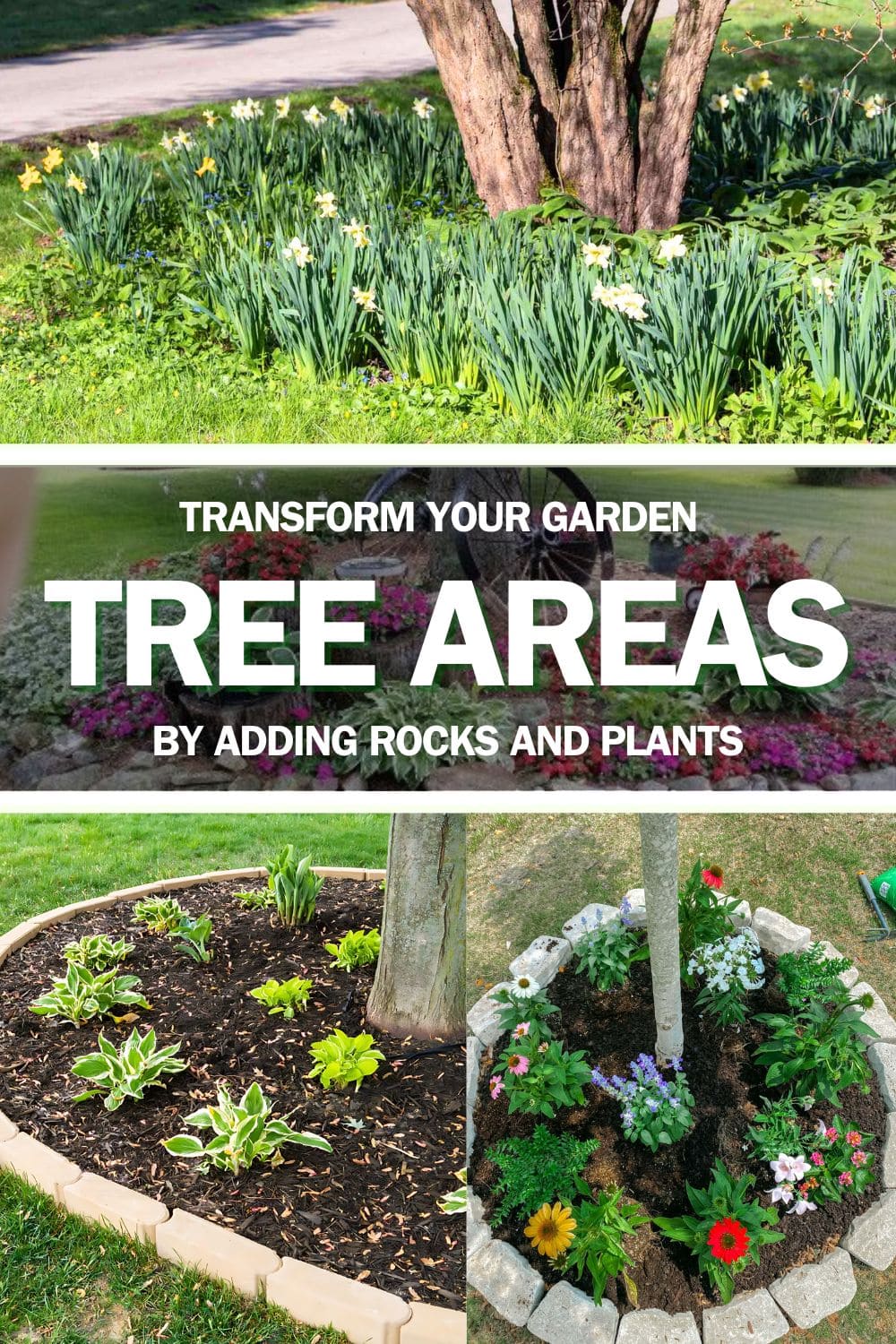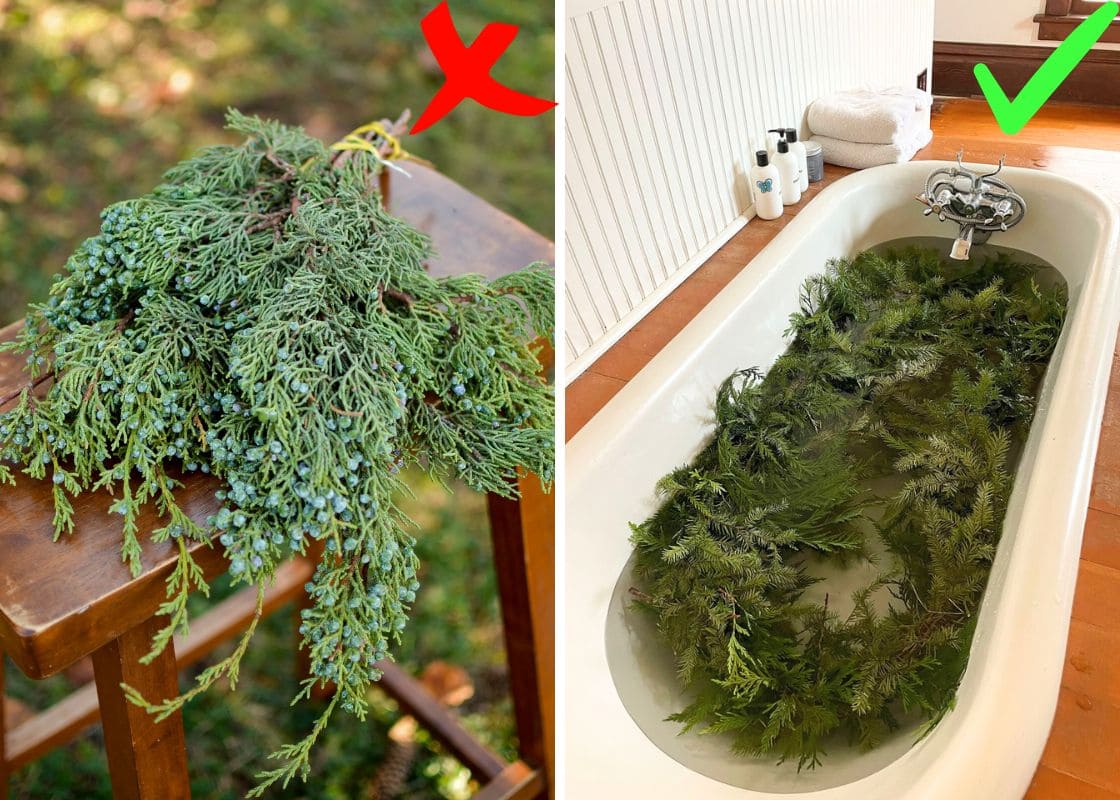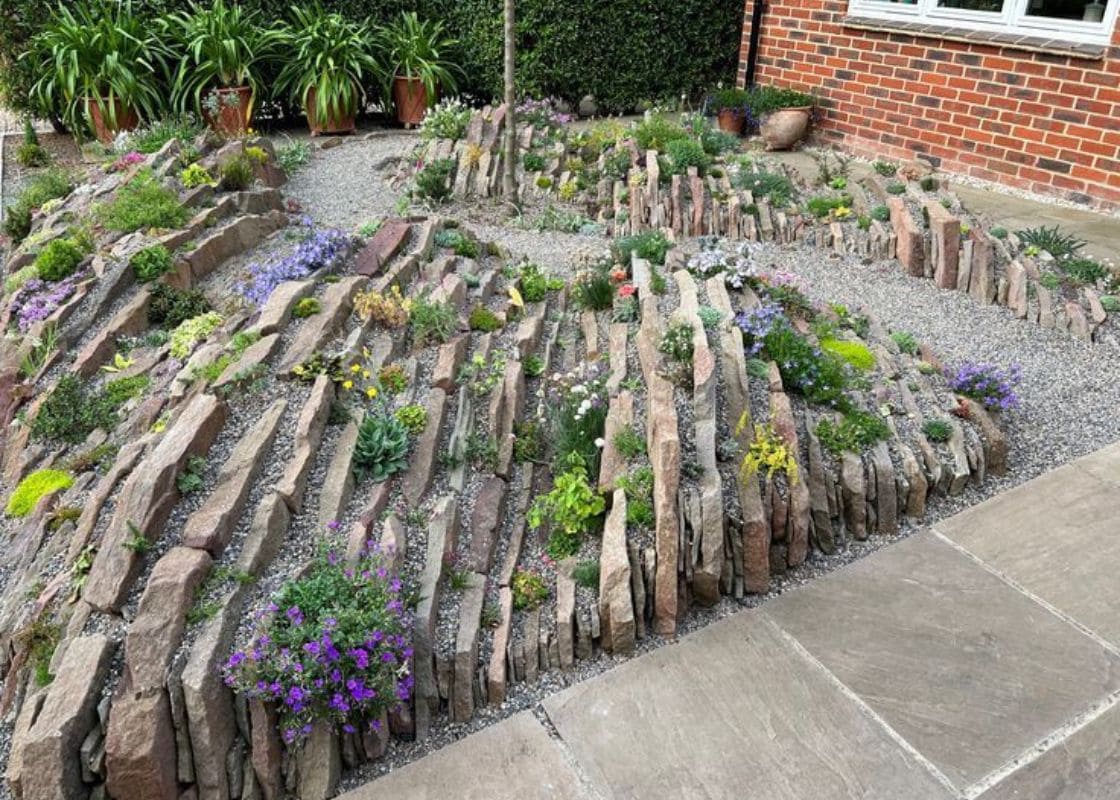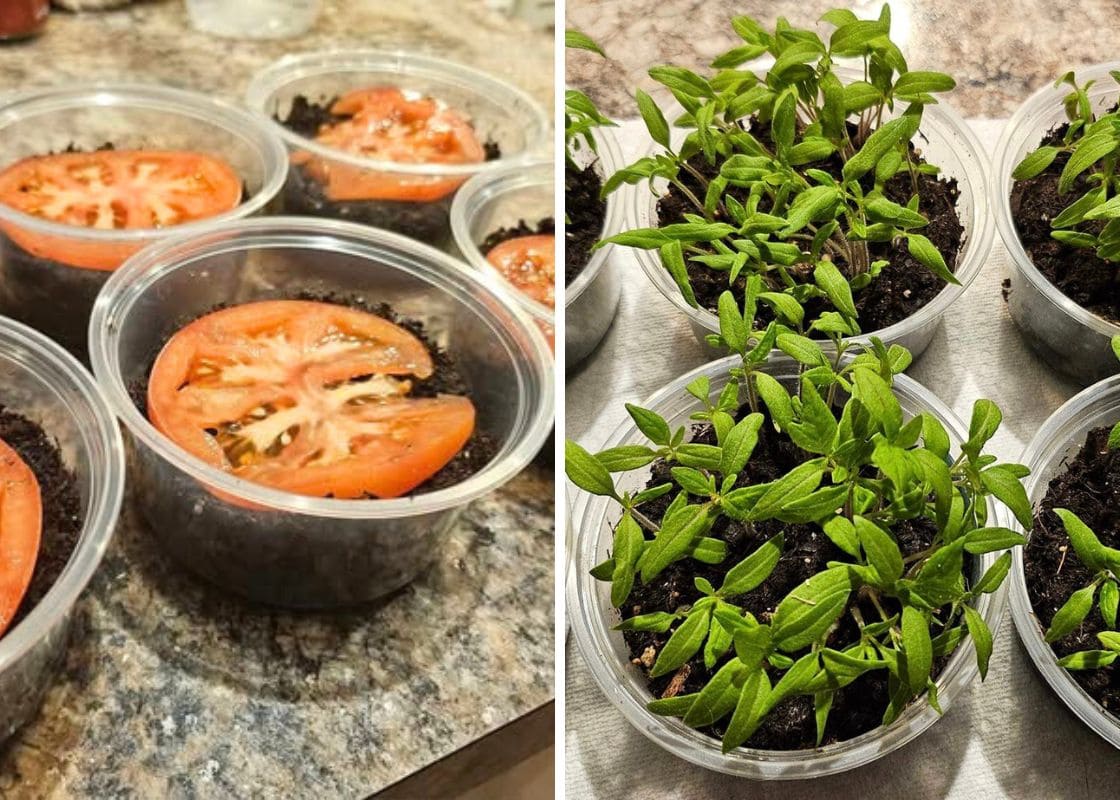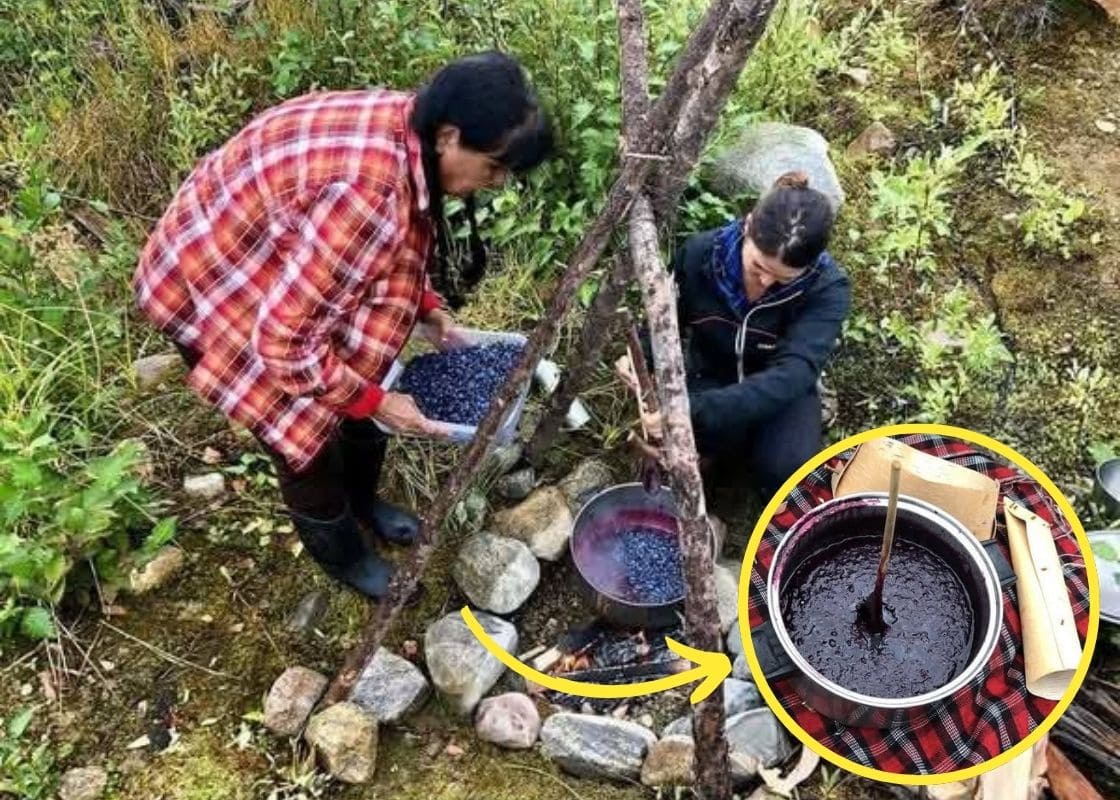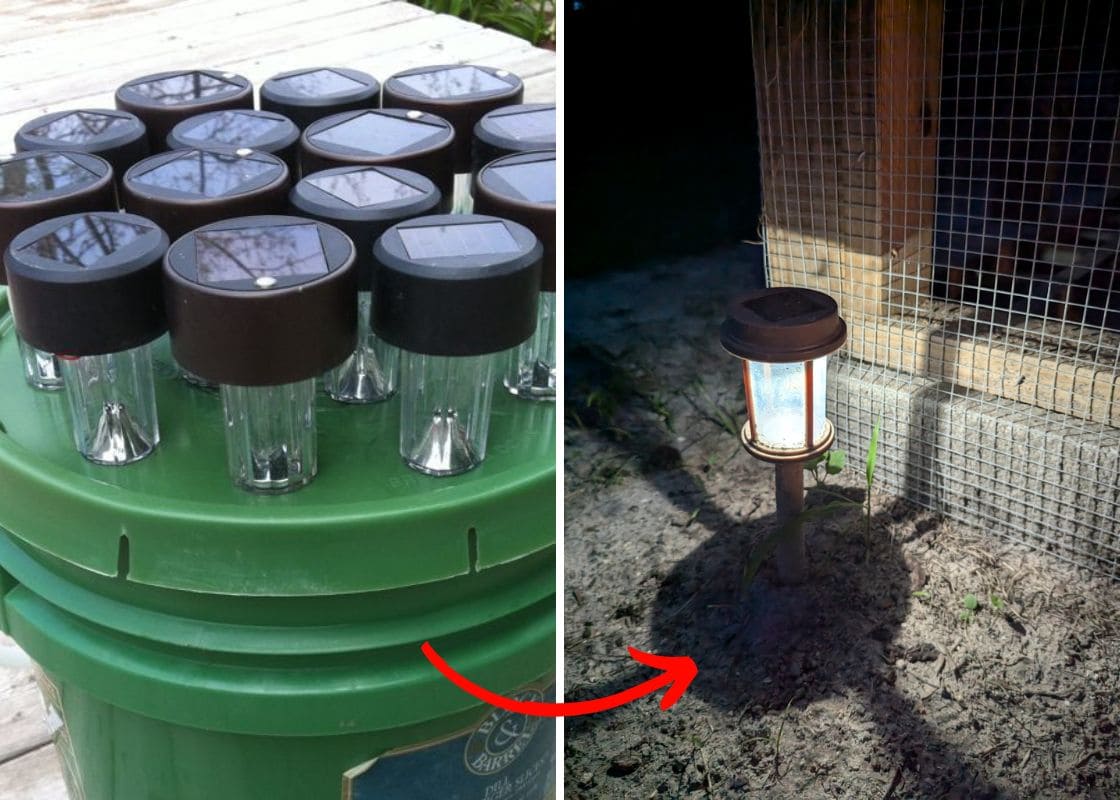There’s something magical about the combination of rocks and plants in a garden.
I’ve always found that adding these elements around a tree can completely turn an ordinary tree base into a captivating focal point.
By choosing the right rocks and pairing them with lush, shade-loving plants, you can create a tranquil, inviting corner in your garden that feels like a secret retreat.
Assessing the Tree Area
Evaluate the Existing Space

You don’t want to start adding rocks and plants only to realize later that the tree’s roots are in the way or that the soil is too compacted.
So, grab a garden trowel and dig around a bit, then you can check the soil’s texture and see how deep the roots go.
Climate Considerations
Some rocks can absorb and retain heat, which might not be ideal for a shady, cool area.
On the flip side, if your tree is in a sunny spot, you’ll want to choose plants that can handle the heat and rocks that won’t scorch them.
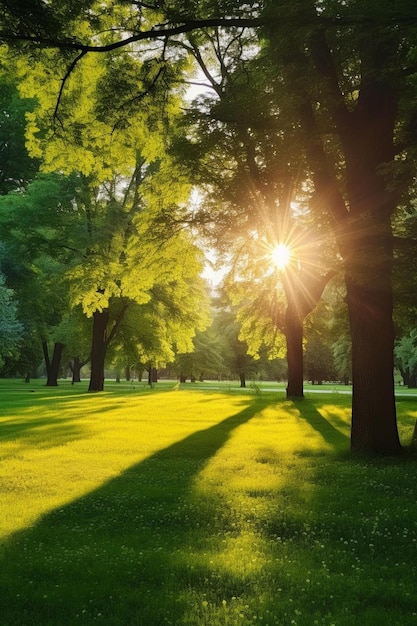
Also, consider the local weather patterns. If you live in a rainy area, you’ll need to think about drainage to avoid waterlogged soil.
Conversely, in a dry climate, you’ll want to choose drought-tolerant plants and rocks that help retain moisture.
Choosing the Right Rocks
Types of Rocks
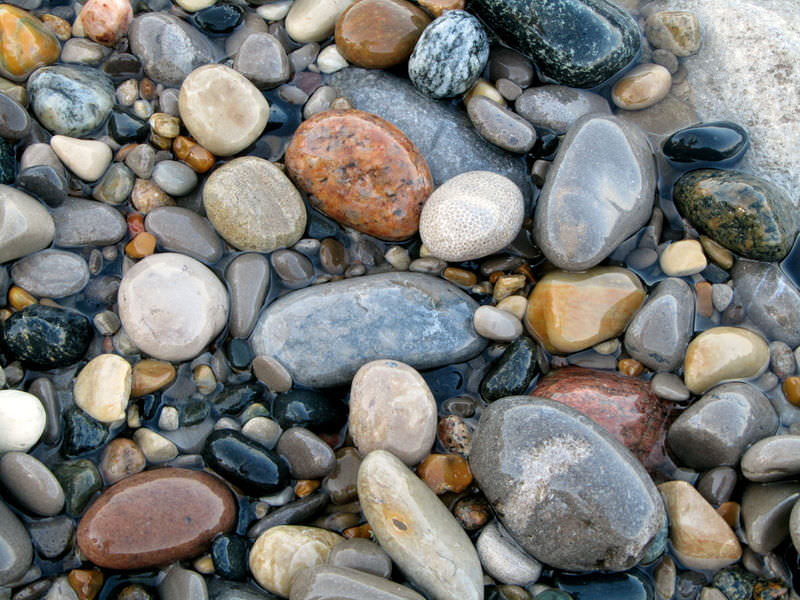
Gravel is great for creating a textured and permeable surface, while crushed stone can add a rustic and natural look.
River rocks, with their smooth and rounded shape, can create a soothing and serene atmosphere.
Lava rocks, on the other hand, offer a unique touch with their dark color and porous texture.
Size and Placement
Large boulders can serve as striking focal points, while smaller pebbles can fill in gaps and add detail.
Besides, experimenting with different combinations of colors and textures can help you achieve the desired aesthetic for your design project.
Heat and Moisture Management
Darker rocks like lava stones can absorb heat, which might be beneficial in cooler climates.
On the flip side, lighter-colored rocks like bright white rocks can reflect sunlight and help keep the soil cooler.
Selecting Suitable Plants
Shade-Loving Plants
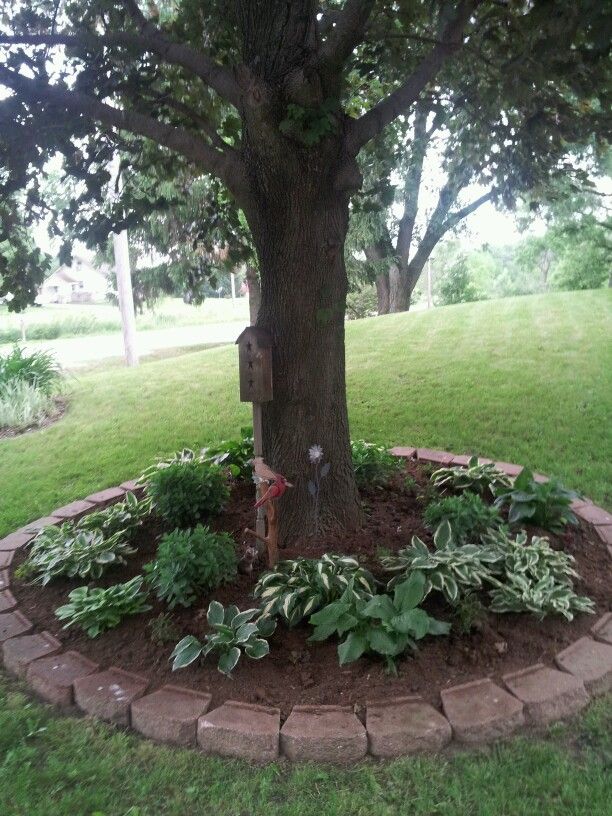
Some trees, like maples and magnolias, let in dappled sunlight, while evergreens might block almost all light.
For those shady spots, ferns and hostas are your best friends. They love the deep shade and can add a lush, green vibe to your garden.
If you have areas with a bit more light, try planting lily of the valley or coral bells.
Plant Placement Tips
Some trees have roots that are just below the surface, and cutting into them can harm the tree.
You should use a hand trowel instead of a shovel to avoid damaging the roots. If you hit a root, just move your plant a bit to the side.
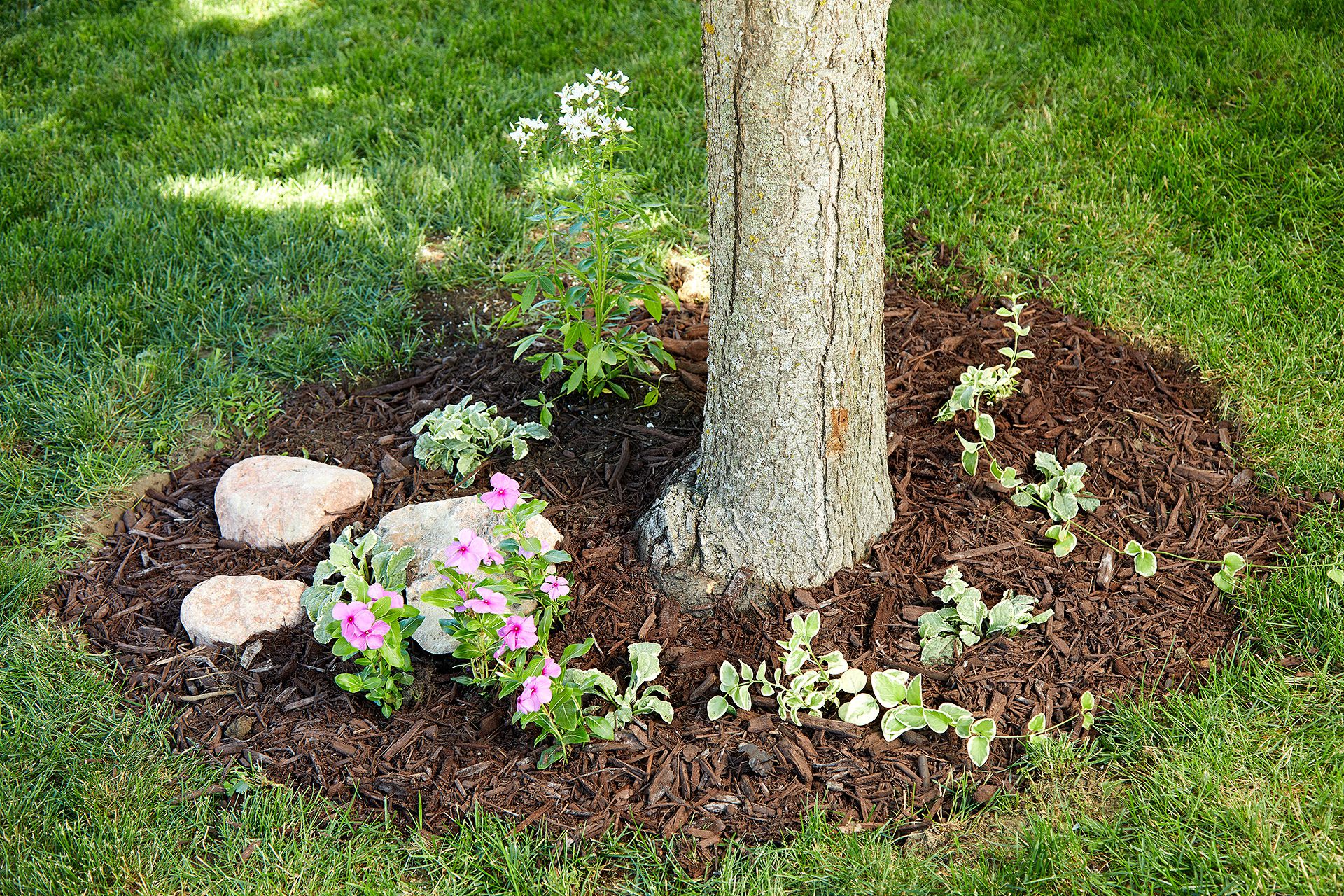
Also, consider adding mulch around your new plants. Mulch helps retain moisture in the soil, so you won’t have to water as often.
But remember, don’t pile the mulch against the tree trunk; leave some space to prevent rot.
Installation Process
Preparation

First things first, you need to clear out any debris, weeds, or grass. You want a clean slate to work with.
If the soil is compacted, give it a good tilling to loosen it up to help the roots of your new plants to spread out and grow strong.
Rock Placement

Start with the larger rocks as your base. These will act as the foundation and give your garden some structure.
Arrange them in a natural-looking way, then, fill in the gaps with smaller rocks and pebbles.
Planting Techniques
You should choose plants that thrive in the shade if your tree has a dense canopy.
Dig holes that are twice as wide as the root ball but not deeper, then place the plant in the hole and fill it back with soil, pressing down gently to remove air pockets.
Care for Tree Area
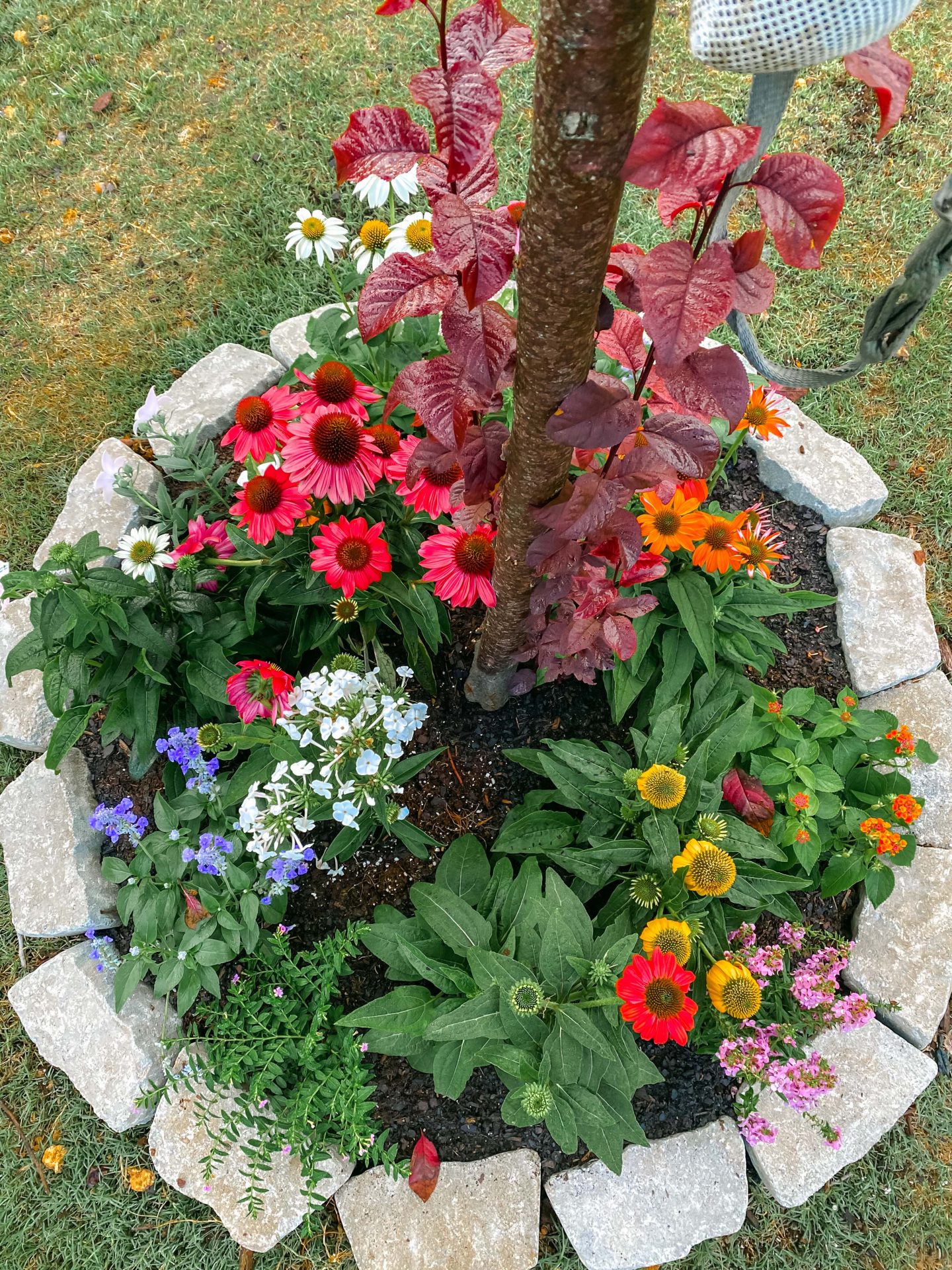
Trees and plants around them need a good drink, especially during dry spells. Make sure to water deeply but not too often to encourage roots to grow deeper.
As for fertilizing, a balanced, slow-release fertilizer works wonders. You just be careful not to overdo it and adjust as needed.
